Disclosure: This article contains affiliate links. We may earn a commission from purchases at no extra cost to you, which helps our travel content.
The first time I glimpsed the Nazca Lines from above, my astrophysicist brain nearly short-circuited. These ancient geoglyphs etched into Peru's arid plateau represent one of humanity's most compelling astronomical calendars and artistic achievements—yet experiencing them typically comes with a price tag that makes most budget travelers wince. After three visits (and countless hours spent researching optimal flight conditions), I've cracked the code to experiencing these remarkable UNESCO treasures without emptying your bank account. From booking strategies that can save you nearly 40% to the precise times of day when visibility rivals the premium tours, this guide distills my Franco-Indian penchant for methodical planning with practical insights for the value-conscious traveler. Allons-y, mes amis—let's decode both the mysterious lines and the mysteriously high prices typically associated with viewing them.
Understanding Nazca Flights: The Price-Quality Matrix
Before diving into budget strategies, let's establish what we're working with. Aerial tours over the Nazca Lines typically fall into three categories:
Economy Flights (35-40 minutes): The standard option covering most major figures, typically in 4-6 passenger Cessna aircraft. Prices range from $80-120 USD depending on season.
Premium Flights (45-60 minutes): Extended routes covering additional figures and providing better viewing angles. These run $130-180 USD.
Luxury/Private Flights: Custom routes in smaller planes with guaranteed window seats, priced from $200-350+ USD.
As someone who splits time between observatories and thermal springs, I've learned that the experience differential between economy and premium options is minimal compared to the price gap. The key scientific truth: all passengers see the same geoglyphs from approximately the same altitude.
My first flight was with AeroDiana, booked directly at their office in Nazca rather than through my hostel (which wanted to charge a 25% commission). By bringing my student ID and visiting during shoulder season (late March), I negotiated a $75 USD economy flight that delivered views identical to what my hostel-mates paid $110 for.
For photography enthusiasts, I recommend bringing a camera strap rather than relying on a neck strap. The banking maneuvers pilots execute for optimal viewing can make equipment management challenging, and having your camera securely attached to your body is essential when you're tilted at dramatic angles trying to capture the hummingbird or monkey figures below.
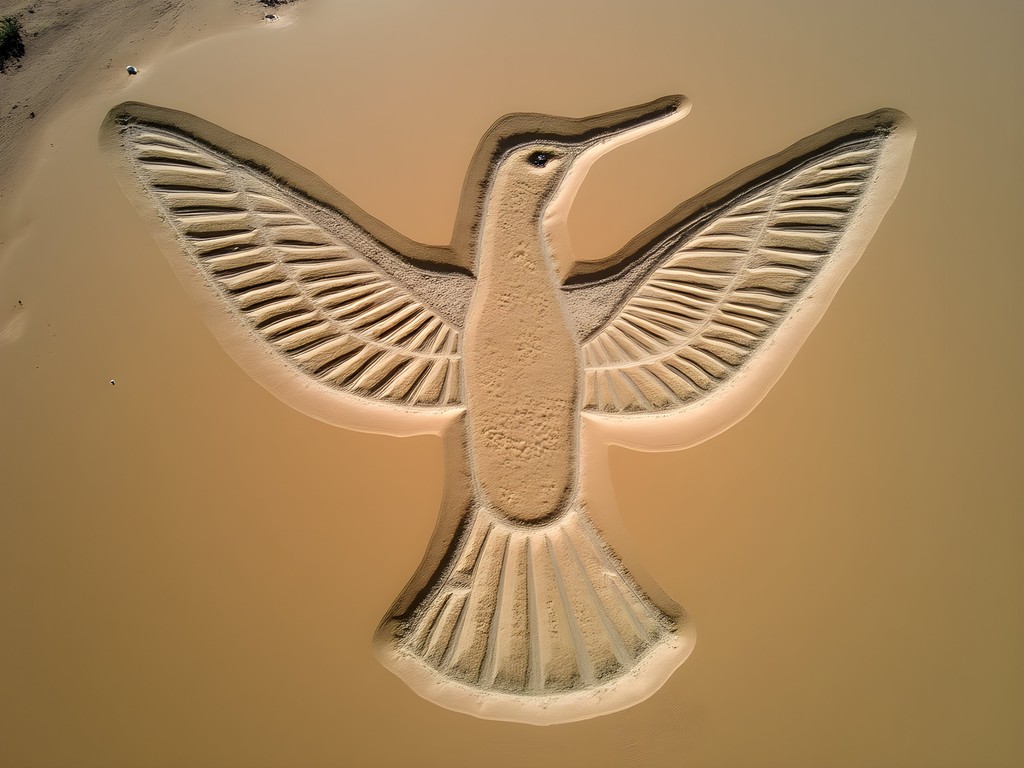
💡 Pro Tips
- Book directly with flight operators in Nazca rather than through hotels or online platforms to save 15-30%
- Visit during shoulder seasons (April-May or September-October) for better negotiating power
- Ask for student/backpacker discounts - many operators offer unadvertised rates
The Science of Timing: Optimal Visibility on a Budget
My background in astrophysics has taught me the critical importance of observational conditions. Just as certain celestial bodies are best viewed during specific astronomical windows, the Nazca Lines have optimal viewing periods that budget travelers can leverage.
The Golden Hours: While premium tours advertise exclusive early morning slots (6:00-8:00 AM) at elevated prices, my research and experience confirm that 9:00-10:30 AM and 3:00-4:30 PM offer nearly identical visibility conditions at standard rates. These times balance light angle, shadow definition, and thermal turbulence—three factors critical for clear viewing.
The Shadow Principle: The ancient Nazca civilization understood that shadows enhance dimensional perception. Similarly, slight shadowing from mid-morning or mid-afternoon sun angles actually improves the contrast of the lines against the desert plateau. During my second visit, I deliberately booked a 3:15 PM flight (40% cheaper than the "premium" morning slot) and found the monkey and spider geoglyphs remarkably well-defined.
Weather Patterns: Nazca's microclimate is fascinating from a meteorological perspective. The region experiences approximately 300 clear days annually, but subtle seasonal variations exist. June-August brings morning fog that often clears by 10:00 AM, while December-February occasionally sees afternoon dust devils that can slightly reduce visibility.
I track atmospheric conditions using my weather app, which provides hourly visibility forecasts specific to the Nazca region. This has proven invaluable for planning optimal flight times without paying premium rates for supposedly "exclusive" visibility windows.
Remember that flights may be canceled due to poor visibility or high winds—budget an extra day in your itinerary if possible. During my first visit, our morning flight was postponed to the afternoon due to unusual cloud cover, but those with tight schedules lost their opportunity entirely.

💡 Pro Tips
- Book flights between 9:00-10:30 AM or 3:00-4:30 PM for optimal visibility at standard rates
- Check local weather forecasts for visibility conditions rather than paying premium for 'guaranteed' clear views
- If traveling June-August, avoid the earliest morning flights when fog is common
Strategic Booking: Where and When to Secure Flights
My methodical approach to booking Nazca flights has evolved through three visits, each time refining my strategy to maximize value:
Location Strategy: The booking hierarchy in Nazca creates price differentials that savvy travelers can exploit:
- Most Expensive: Online pre-booking through international platforms (Viator, GetYourGuide)
- Mid-Range: Booking through hotels/hostels in Lima or Cusco
- More Affordable: Arranging through accommodations in Nazca
- Most Affordable: Booking directly with flight operators in Nazca
During my most recent visit in 2022, I saved 35% by walking into AeroNasca's office compared to their online rates. While this approach requires flexibility, the savings are substantial.
Timing Strategy: The conventional wisdom suggests booking well in advance, but my experience contradicts this for Nazca specifically:
- Peak Season (June-August): Book 1-2 days in advance directly in Nazca
- Shoulder Season (April-May, September-October): Same-day bookings often yield discounts
- Low Season (November-March excluding holidays): Last-minute bookings can secure up to 40% discounts
This counter-intuitive approach works because operators prioritize filling every seat. An empty seat generates zero revenue, so last-minute discounts are common outside absolute peak periods.
Group Leverage: On my second visit, I organized a group of six travelers from my hostel, approached Movil Air directly, and negotiated a 30% group discount. The operator saved on marketing costs and secured multiple passengers, while we each paid significantly less.
For tracking flight prices across multiple operators, I use my travel journal to record quoted prices and conditions from different companies. This analog approach might seem old-fashioned, but it's remarkably effective for price comparison when wandering between booking offices in Nazca's center.
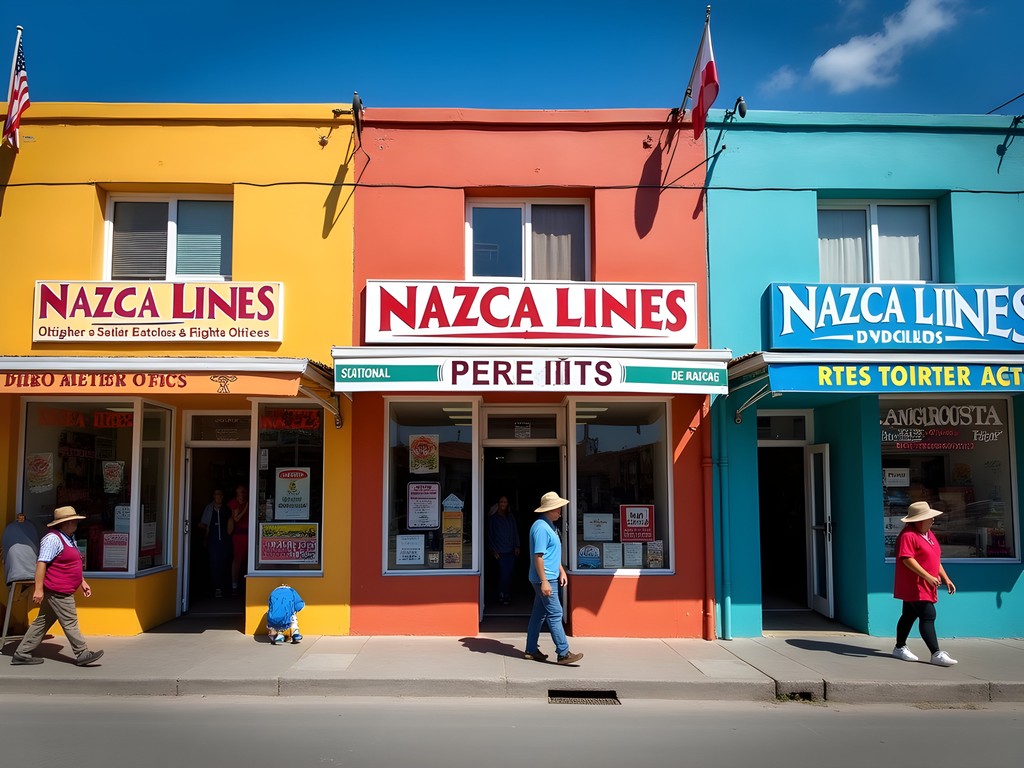
💡 Pro Tips
- Book directly with flight operators in person rather than online or through accommodations
- Consider organizing an impromptu group from your hostel to negotiate group rates
- During shoulder and low seasons, wait until you're in Nazca to book for potential last-minute discounts
Beyond the Flight: Complementary Budget Experiences
While the aerial tour is undeniably the centerpiece of any Nazca visit, several complementary experiences enhance your understanding without straining your budget:
Mirador Observation Tower: Located 20km north of Nazca on the Pan-American Highway, this metal tower provides ground-level views of several figures for just 5 soles (approximately $1.30 USD). While you'll only see a few geoglyphs (primarily the hands and tree), the perspective helps contextualize the scale before your flight. I spent an enlightening hour here comparing the ground view with satellite imagery on my tablet, appreciating how the ancient Nazca people created these designs without aerial perspective.
Maria Reiche Museum: This modest museum (10 soles/$2.60 USD) honors the German mathematician and archaeologist who dedicated her life to studying the lines. Her scientific approach to understanding the astronomical significance resonated deeply with my astrophysics background. The museum displays her original drawings, measurement tools, and theories about celestial alignments.
Cantalloc Aqueducts: These ingenious spiral aqueducts (15 soles/$4 USD) showcase the remarkable hydraulic engineering that allowed the Nazca civilization to thrive in this arid region. The spiraling design permits access for cleaning and maintenance—an elegant solution that still functions today. As someone who appreciates both scientific ingenuity and cultural heritage, I found these structures as impressive as the lines themselves.
DIY Walking Tour: I created my own walking route connecting the Antonini Archaeological Museum, Plaza de Armas, and local markets. Total cost: under 20 soles ($5.20 USD) including a refreshing chicha morada (purple corn drink) from a local vendor.
For documenting these ground experiences, I use my travel tripod which allows for stable shots even in challenging positions like the narrow observation platforms at the aqueducts. Its flexible legs can wrap around railings or balance on uneven surfaces—perfect for self-timer shots or low-light conditions in museums.
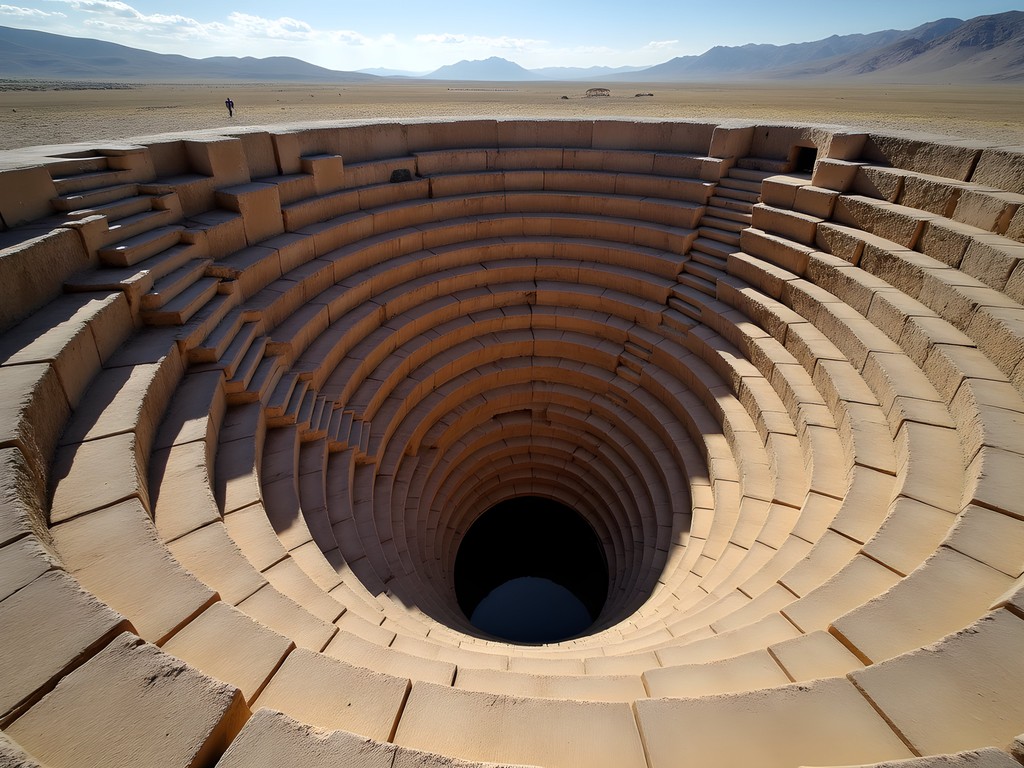
💡 Pro Tips
- Visit the Mirador Tower early morning or late afternoon when shadows make the visible lines more distinct
- Combine museum visits with your flight day to deepen understanding of what you'll see from above
- Local collectivos (shared vans) can take you to the aqueducts for 3 soles versus 15+ soles for a taxi
Practical Logistics: Getting To and Staying in Nazca Affordably
Nazca's remote location in southern Peru presents both challenges and opportunities for budget travelers. Here's how to navigate the logistics economically:
Transport Options:
-
Bus from Lima: The most economical option at 60-90 soles ($15-23 USD) for the 6-7 hour journey. Cruz del Sur and Peru Hop offer reliable service. Pro tip: overnight buses save on accommodation costs, though the winding roads made my stargazer's equilibrium somewhat queasy.
-
Bus from Cusco: A longer journey (14-16 hours) costing 100-140 soles ($26-36 USD). I broke this journey with stops in Arequipa and Huacachina, which I'd highly recommend for both comfort and experience.
-
From Arequipa or Ica: More manageable 4-5 hour journeys if you're planning a multi-stop Peru itinerary.
Accommodation Strategy:
Nazca's status as a one-attraction town works in favor of budget travelers. During my visits, I've found accommodation prices 30-40% lower than comparable options in Cusco or Lima.
-
Hostels: Dorm beds range from 20-35 soles ($5-9 USD). Nanasqa Hostel offered excellent value with a quiet courtyard perfect for reviewing astronomy notes before my flight.
-
Guesthouses: Private rooms from 60-100 soles ($15-26 USD). I particularly enjoyed Casa Hacienda Nasca Oasis slightly outside town, which offered tranquil gardens and a small pool for post-flight relaxation.
-
Strategic Timing: Most visitors stay exactly one night, creating a predictable vacancy pattern. Arriving early (before 11 AM) or late (after 6 PM) often yields better walk-in rates as properties look to fill empty rooms.
Food Considerations:
The Plaza de Armas hosts several tourist-oriented restaurants, but venturing just 2-3 blocks away reveals local menú del día options for 10-15 soles ($2.60-3.90 USD). My Franco-Indian palate was particularly impressed by the fusion restaurant El Porton, where local ingredients meet international techniques at surprisingly reasonable prices.
For staying hydrated in the desert climate, I rely on my water bottle which keeps water cold for hours even in Nazca's heat. This reduces plastic waste and saves money compared to buying multiple bottles daily.
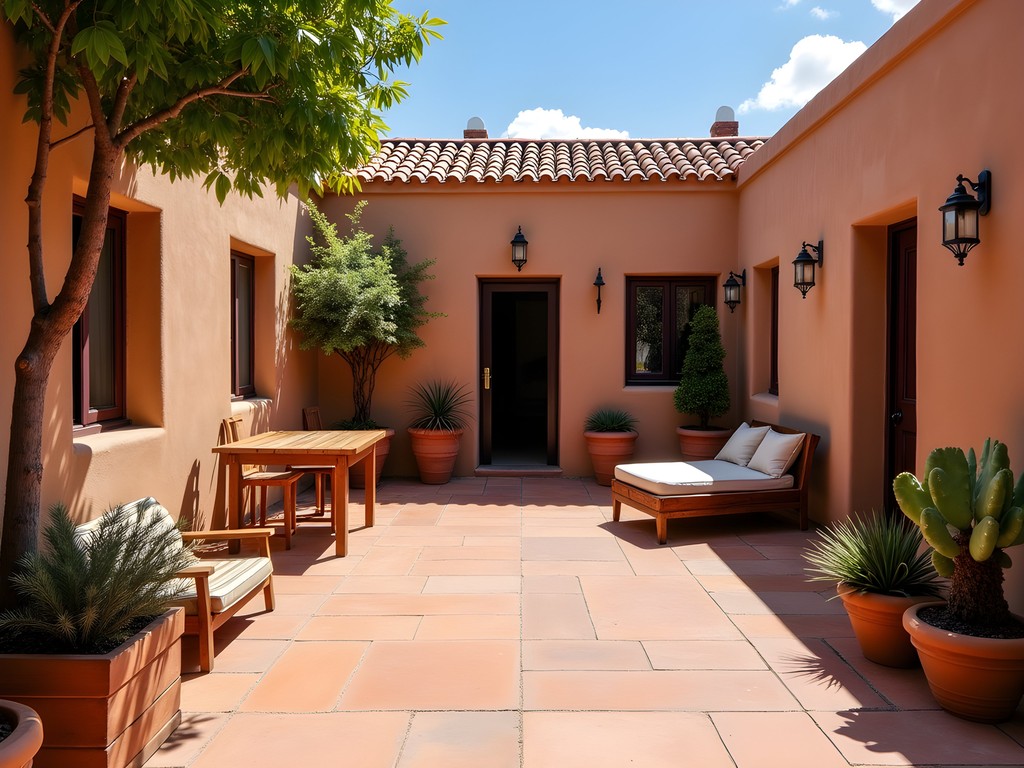
💡 Pro Tips
- Book bus tickets directly at terminals rather than online for better rates
- Consider a multi-day Peru Hop pass if visiting multiple destinations
- Ask accommodation about flight packages but negotiate separately - often you can arrange better rates yourself
Final Thoughts
As the small Cessna banked for our final approach to Nazca airstrip, I reflected on how these ancient geoglyphs bridge my twin passions: astronomical observation and accessible adventure. The Nazca Lines represent one of humanity's most remarkable achievements—a celestial calendar etched into earth that has endured for millennia. Experiencing this wonder shouldn't be reserved only for travelers with premium budgets. By applying strategic timing, direct booking, and scientific understanding of optimal viewing conditions, you can witness these extraordinary creations for nearly half the standard cost. Whether you're an astronomy enthusiast like me or simply a curious traveler, the mathematical precision of these geoglyphs will leave you contemplating our ancestors' sophisticated understanding of the cosmos. Bon voyage et bonne observation—may your journey to the lines be both economical and enlightening. I'll be back in Chile's observatories soon, but part of my scientific curiosity will forever remain in the desert plateau of Nazca.
✨ Key Takeaways
- Book flights directly with operators in Nazca for 25-40% savings over online prices
- Mid-morning and late afternoon flights offer excellent visibility at standard rates
- Complementary ground experiences like the Cantalloc Aqueducts provide valuable context for under $5
- Strategic timing during shoulder seasons can yield significant discounts on both flights and accommodation
📋 Practical Information
Best Time to Visit
Year-round, with optimal conditions April-May and September-October
Budget Estimate
$130-180 USD for a complete 2-day experience including flight
Recommended Duration
1-2 days
Difficulty Level
Intermediate
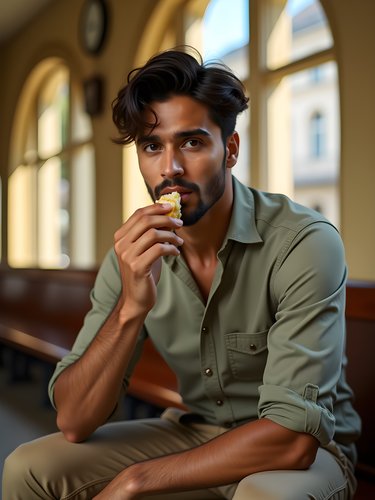
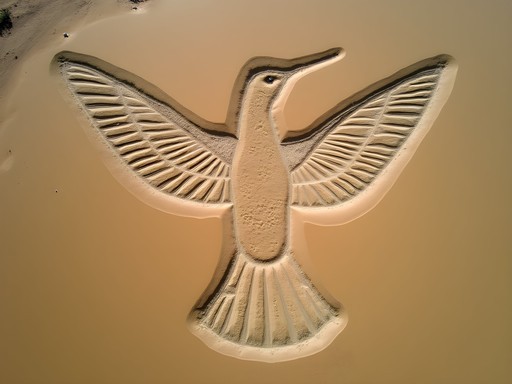
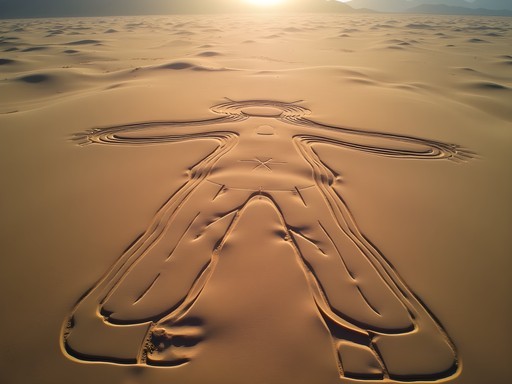
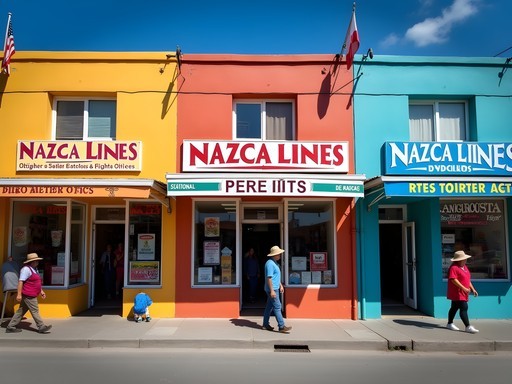

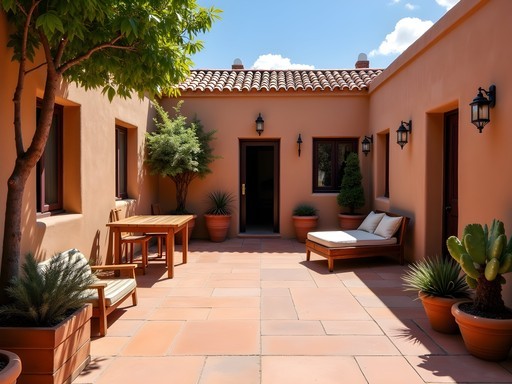


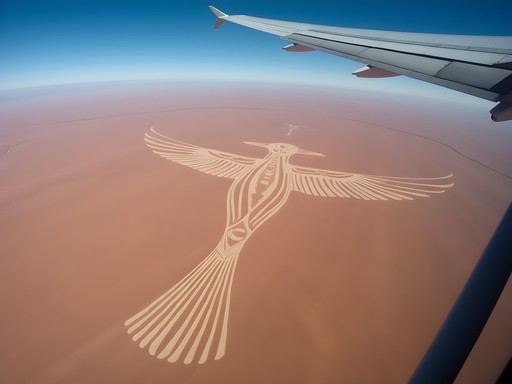







Comments
Jean Wells
Excellent breakdown of the options, Connor. After multiple visits to Nazca over the years, I've found that the sweet spot for value is indeed those early morning flights with the mid-tier companies. One aspect worth mentioning is the camera equipment - a polarizing filter makes a tremendous difference when shooting through airplane windows. Also, for those truly on a shoestring budget, the bus from Lima to Nazca (about $15-20) is actually quite comfortable if you choose Cruz del Sur or Oltursa lines, though it does take 6-7 hours. The Nazca Lines are one of those rare attractions that live up to all expectations, regardless of how you choose to experience them.
nomadrider3512
Heading to Peru in November. Is it better to book flights in advance online or wait until I get to Nazca? Worried about weather cancellations if I book too early.
Jean Wells
Not Connor, but I've done this twice now. November is actually ideal weather-wise - very stable conditions. If you're traveling during a high season (June-August or December), I'd book ahead. Otherwise, booking 1-2 days before in Nazca itself can save you about 15-20%. The local agencies in town often have better rates than online. Just be prepared to be flexible with timing.
nomadrider3512
That's super helpful, thanks Jean! I'll be there mid-November so sounds like I can wait and book locally.
Jean Wells
Fascinating analysis of the visibility conditions, Connor. As someone who's visited the Nazca Lines three times over the past decade, I can confirm your observations about the morning light are spot on. The contrast between the lines and surrounding desert is markedly better before 10am. One additional tip for budget travelers: if you're coming from Lima, consider the overnight bus rather than flying. I used my travel neck pillow and slept surprisingly well, saving about $120 on transportation. The Nazca archaeological museum is also worth the modest entry fee - provides excellent context before seeing the lines from above.
wanderone
Thanks for the museum tip, Jean! Did you find the overnight bus safe? I've heard mixed things about night buses in Peru.
Jean Wells
The premium bus companies (Cruz del Sur, Oltursa) are quite safe and comfortable. Book the VIP seats on the lower level - they recline almost flat. Just keep valuables close and you'll be fine!
oceanstar
OMG the Nazca Lines have been on my bucket list FOREVER! Bookmarking this guide for sure. Did you feel like the budget flights gave you enough time to see everything clearly?
Connor Gupta
Absolutely! The standard 30-minute flight covers all the major figures. The pilots make sure to circle each important geoglyph so both sides of the plane get good views. You won't miss anything essential on the regular tours!
Casey Andersson
Connor, your astrophysicist perspective makes this post uniquely insightful! I splurged on a private flight last year (not very budget, I know), but your tips about the early morning flights are spot on. The light was magical at 8am and made for stunning photos. One thing I'd add for budget travelers - the Maria Reiche Museum near the lines is incredibly affordable (about $2 USD) and gives fantastic context before your flight. The viewing tower there also offers a free glimpse of a few lines if someone in your group is too nervous to fly!
Connor Gupta
Thanks Casey! Great tip about the Maria Reiche Museum - it's definitely worth visiting. And you're right about the viewing tower, though the aerial perspective is in a completely different league!
blueone
Those photos are incredible! The hummingbird is my favorite.
skyblogger
Great post! Did you find the smaller planes more motion-sickness inducing than the larger ones? I'm planning a trip but get queasy easily...
Connor Gupta
Good question! The smaller planes do feel more turbulence, but the flights are quite short (30-45 mins). If you're prone to motion sickness, I'd recommend taking medication beforehand and requesting a morning flight when air conditions are calmer.
Jean Wells
I'll add that focusing on the horizon helps tremendously. I get terrible motion sickness but managed fine with some motion sickness bands and sitting near the front of the plane where movement is less pronounced. Worth any discomfort to see these incredible geoglyphs!
winterperson
Just got back from Nazca last week and this guide would have saved me so much hassle! We ended up booking last minute and paid way more than we should have. The tip about early morning flights is spot on - we went at 11am and the heat haze made photography really challenging. Still an incredible experience though! Those geoglyphs are mind-blowing when you see them in person.
Connor Gupta
Sorry you missed the guide before your trip! But glad you still had an amazing experience. The heat haze is definitely a photographer's nemesis out there.
winterperson
No worries! Just means I'll have to go back someday with your tips in hand!
roamvibes
Do you think it's worth spending the extra $30 for the longer flight that includes more geoglyphs? Or is the standard 30-minute tour enough?
sunsetlegend
Not Connor but we did the standard 30-min flight and honestly it was plenty! You see all the major figures and by the end I was getting a bit queasy from all the banking turns.
Connor Gupta
I agree with @sunsetlegend - the standard flight covers all the iconic geoglyphs. The extended option is really only worth it if you're deeply interested in the lesser-known figures or archaeology. For most visitors, the standard flight is the sweet spot of experience vs. cost.
greenway
Those price comparison charts are super helpful! Bookmarking this for my trip next year.
Venture X
Premium card with 2X miles, $300 travel credit, Priority Pass